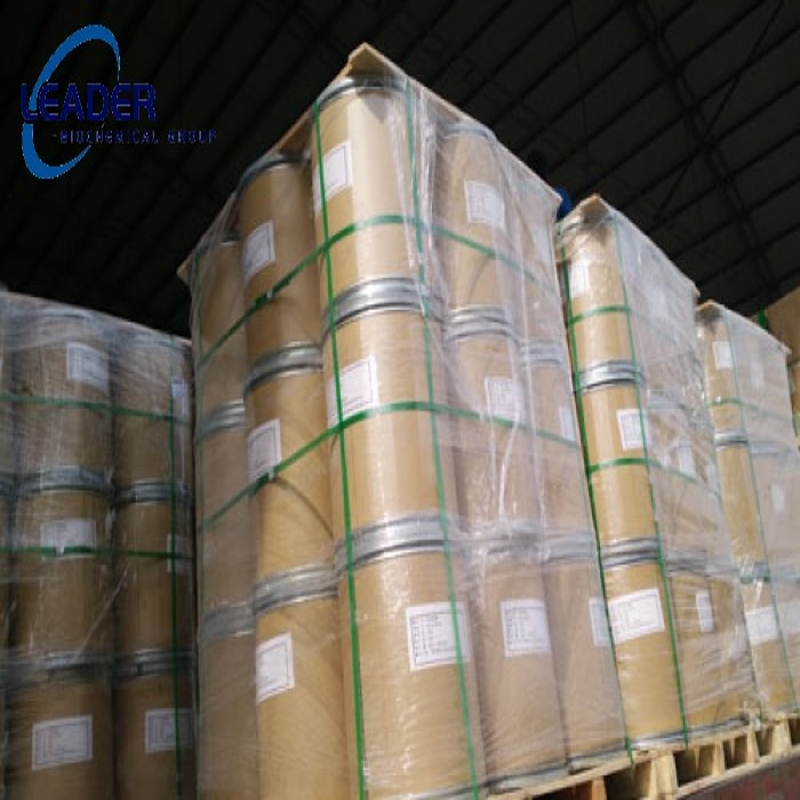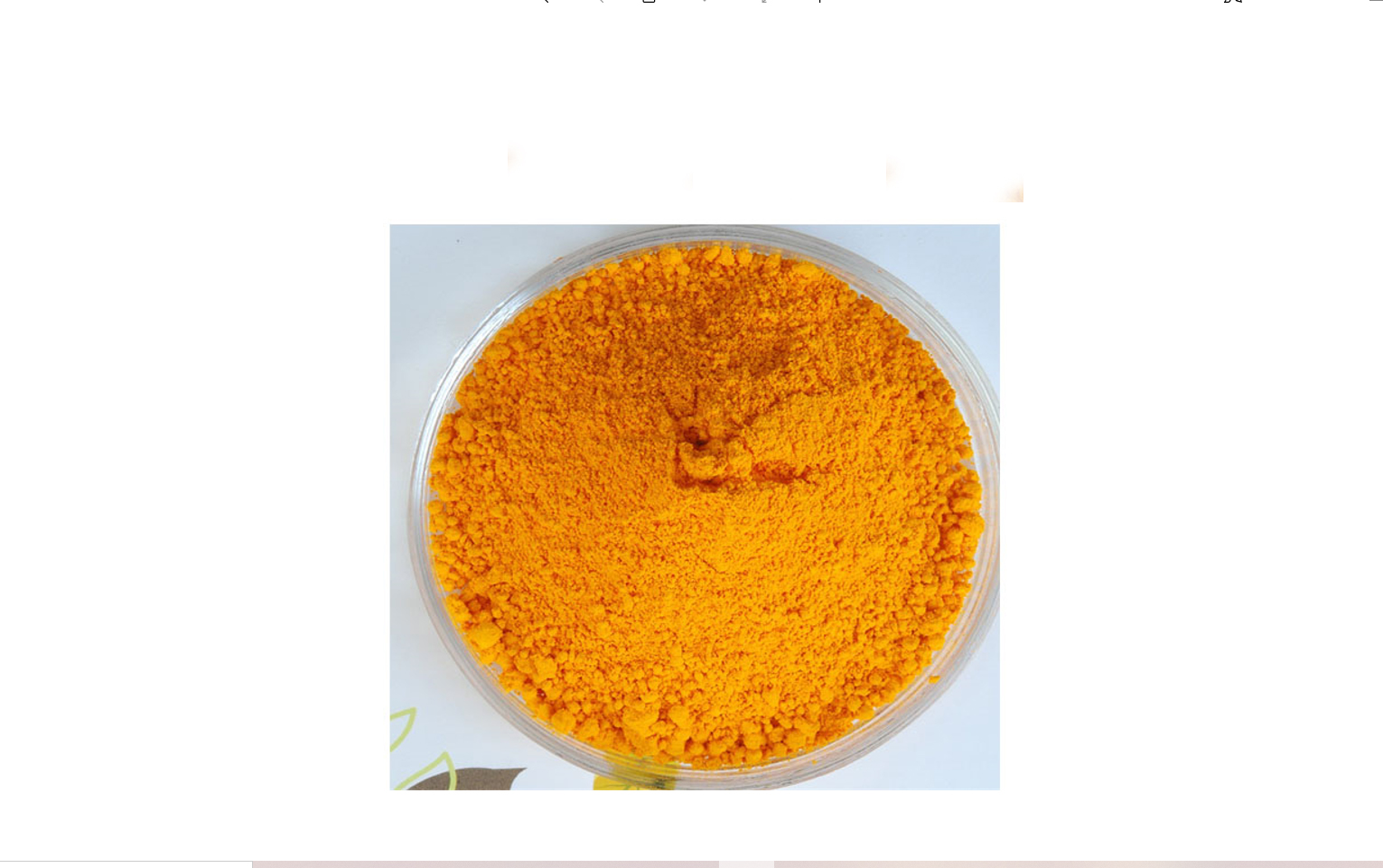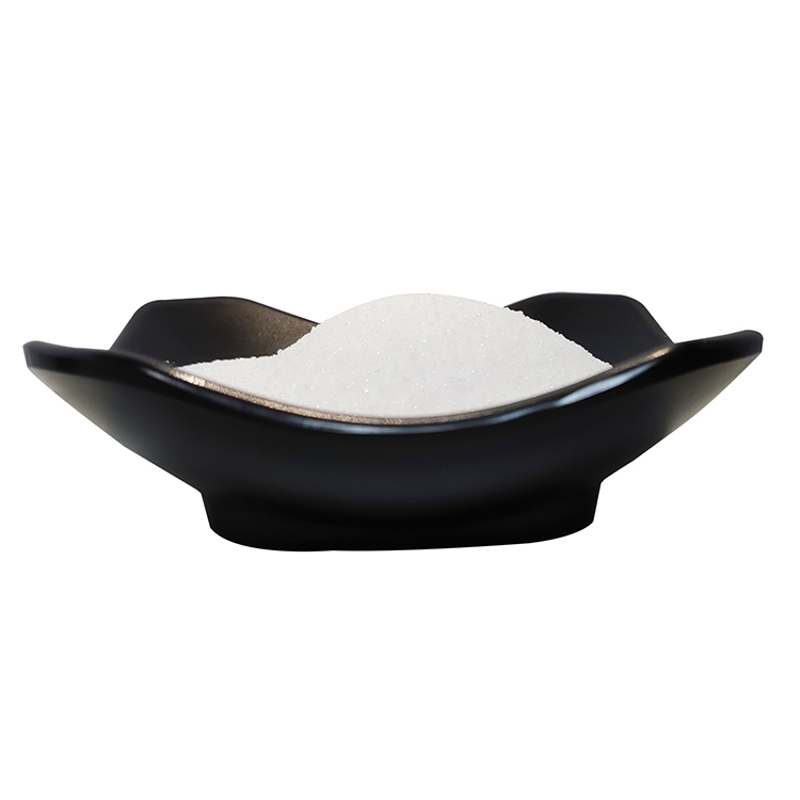-
Categories
-
Pharmaceutical Intermediates
-
Active Pharmaceutical Ingredients
-
Food Additives
- Industrial Coatings
- Agrochemicals
- Dyes and Pigments
- Surfactant
- Flavors and Fragrances
- Chemical Reagents
- Catalyst and Auxiliary
- Natural Products
- Inorganic Chemistry
-
Organic Chemistry
-
Biochemical Engineering
- Analytical Chemistry
-
Cosmetic Ingredient
- Water Treatment Chemical
-
Pharmaceutical Intermediates
Promotion
ECHEMI Mall
Wholesale
Weekly Price
Exhibition
News
-
Trade Service
Luca Fornelli is an assistant professor of biology in the Dodge Family College of Arts and Sciences at the University of Oklahoma
Like seeing a forest through trees, studying a whole molecule has incredible scientific value, but it's
hard to do without the latest technology.
Luca Fornelli, assistant professor of biology in the Dodge Family College of Arts and Sciences at the University of Oklahoma, received a five-year Maximizing Investigator Research Award (MIRA) from the National Institutes of Health that aims to improve the funding efficiency
of the National Institute of General Medical Sciences by providing researchers with "greater stability and flexibility that increases scientific productivity and opportunities for important breakthroughs.
"
Fornelli studied proteomics, the science
that studies all proteins within a particular cell or tissue.
Protein is a complex macromolecule that plays an important role
in the human body.
They work primarily in cells and are necessary for the structure, function, and regulation of
human tissues and organs.
However, Fornelli said, "the protein itself does not exist
.
" Instead, there are many different forms of protein called protein forms
.
"The standard approach to proteomics is to break down proteins into pieces so that those smaller components can be studied to try to infer information
about the original molecule," Fornelli said.
This approach is known as "bottom-up" or "shotgun" proteomics, and is used because molecules are often quite large and difficult to study
as a whole.
Fornelli's lab specializes in a method called "top-down proteomics," which looks at the raw form
of proteins.
This is important because it helps scientists understand the different modifications of molecules that may alter the activity
of protein forms in tissues or cells.
For example, the spike protein
of the COVID-19 virus.
The COVID-19 spike protein has multiple very specific sugar modification sites called glycosylation
.
Using the more common bottom-up approach to proteomics research, scientists will be able to know where modification sites are and how they are modified
.
"Once you cut the protein into pieces, you can't reassemble it and make sure which part is connected to which part.
.
.
And there are modifications that, once on the protein, exclude other parts — or can only be added to
the molecule if the other parts already exist.
"So, unless you have the possibility to think of this protein form as a complete molecule, it's basically impossible to know how these modifications interact.
"
In other words, scientists can know where changes have occurred and identify individual changes, but they can't determine how the components are combined
.
However, with the technology Fornelli is developing, scientists will be able to see the full picture — how different modifications fit together
.
Fornelli's submission of the MIRA Award uses data collected by instruments acquired by the University of Oklahoma through the 2021 Strategic Equipment Investment Project, provided by the Office of the Vice President for Research and Partnerships at the University of Oklahoma
.
The $50,000 investment purchased a state-of-the-art automated, high-throughput biomolecule purification instrument that is used
by molecular scientists in multiple fields.
Fornelli said the instrument improves the ability of researchers to
compare multiple interactions at the same time.
"When you're studying disease, specifically — but also basic biology — you usually don't just have binary A and B type comparisons, but you need multiple controls
," Fornelli said.
In our study, we want to monitor all the changes in the protein morphology that we can detect, and we want to do this through multiple biological replicates so that there is statistical ability to say, 'Yes, this condition is caused by the presence of this or that protein morphology,' or, 'Yes, the drug does work; Not once, just by chance
.
So, it's a device that allows you to get high-throughput results, which is very important
for basic biologists to study certain mechanisms in cells and for doing translation studies.
" ”
Now, with the support of the MIRA fund, Fornelli wants to make sure his lab can qualitatively and quantitatively analyze intact proteins, even if they are very large
.
"When we do top-down experiments, most of our problems come from proteins
that have a certain molecular weight," he said.
On this basis, mass spectrometry techniques have evolved over the years, and now we can see complexes of different proteins
.
This is very important because we can study the structure of these complexes that represent the actual form in which proteins work in cells, like small molecular machines
.
”
Specifically, Fornelli and his collaborators have recently been studying how chaperone proteins work
according to the set of modifications they have.
Chaperone proteins are a group of functionally related proteins that act as catalysts
for how proteins aggregate or "fold" together when cells experience physiological or stressful conditions.
"They interact with one or another protein, depending on how they are modified, so essentially they produce not one, but a myriad of different complexes, depending on how their surface is modified
," he said.
From a top-down proteomics perspective, the two chaperone proteins they are studying are very large, which makes them difficult to study, especially when they interact with other proteins
.
In addition to basic biology, the development of techniques to describe large intact proteins is useful
for the development and testing of therapeutics.
"This type of technology is going to be very important when you think about biologics or new protein-based drugs, because otherwise we wouldn't be able to look at how these molecules are produced at a very good level of molecular detail to know if there's a real correspondence between the intended design and the actual molecule
.
" Then, how do they survive in the blood," he said
.
"Because when they're injected into a patient, they're in an environment
where they can start to be modified.
" Therefore, it is important to understand these changes because they have a direct impact
on the effectiveness of treatment and the patient's health.
”







